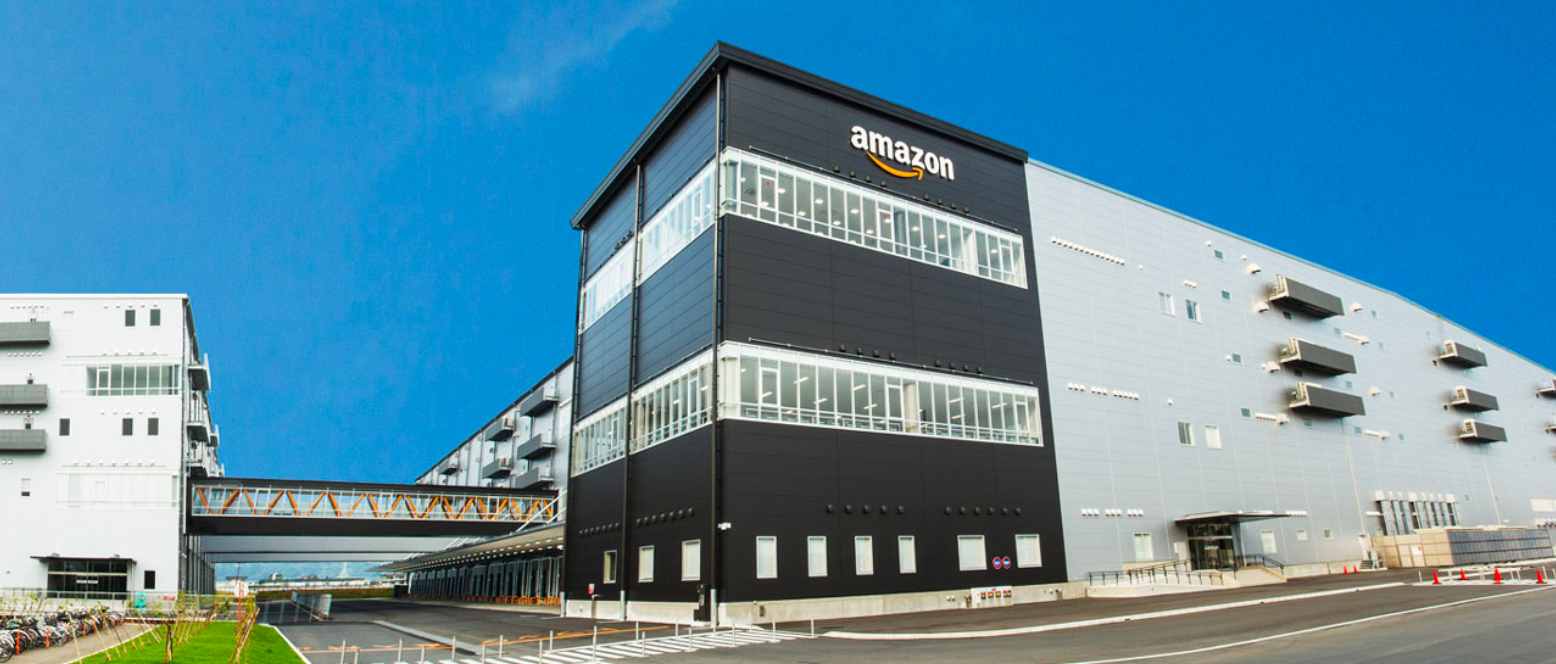Exploring the Potential for Inventory Innovation through Retail Tech: Amazon Go
Amazon, a global e-commerce giant, is creating a new paradigm for future retail experiences and inventory management based on various technologies.

Amazon, a global e-commerce giant, is creating a new paradigm for future retail experiences and inventory management based on various technologies. In the second installment of the series "Learning Inventory Management from Retail Brands," we examine how Amazon is driving inventory management innovation through retail tech. What does inventory management look like when advanced technology is added? What ideas and possibilities can we learn from Amazon's inventory management strategy?
Related Series: Learning Inventory Management
1️⃣ Zero Inventory System Built On a Fast Fashion Strategy - Zara
Seamless Shopping Experience
Retail tech is a compound term combining 'Retail' and 'Technology'. With advanced technology integrated into commerce, it helps customers purchase items more easily and conveniently, both online and offline. Technologies applied in retail tech include artificial intelligence, augmented reality (AR), virtual reality (VR), big data, robots, chatbots, cloud computing, blockchain, and facial and voice recognition. Revolutionizing the shopping experience using advanced technology is now a steady trend in the retail industry.
Amazon Go, known for its 'Just Walk Out' shopping technology, is an illustrative example of retail tech. As the name suggests, this innovative offline shopping experience allows you to pick out your items and simply 'walk out' without going through the payment process.

How Amazon Go Works
Customers who visit an Amazon Go store scan the app's QR code and enter the store. They then select the desired items from the shelves, just like shopping at a regular grocery store. Items chosen by the customer are automatically added to a virtual cart within the app. Customers can exit the store without needing to scan items or stand in a checkout line.
How can one shop without payment? It’s made possible because cameras and sensors mounted on the store's ceiling track the movement of people and items. Sensor fusion technology that aggregates data detected by the cameras is also applied, along with deep learning algorithms and image recognition systems that analyze the combined data to determine what items the customer has chosen. RFID tags, provided by AWS (Amazon Web Services), are also used. RFID (Radio Frequency Identification) is a technology that identifies the location of items through radio waves.
The level of technology concentrated in this is said to be on par with autonomous vehicles! Amazon Go utilizes various technologies to identify what items customers have chosen. Then, the store automatically charges the credit card information linked to the Amazon Go app, providing a simplified shopping experience without the need for manual payment.

Precise and Prompt Shelf and Inventory Management
The reason why Amazon created Amazon Go was not to solely offer a better shopping experience. Another key objective was to improve the restocking process through real-time tracking, thereby enhancing the efficiency of offline store management and operations.
In offline stores, shelf management plays a significant role in operations. Products need to be appropriately placed on the shelves for customers to find them easily, increasing the likelihood of buying additional related products. Customers also positively evaluate stores that manage their inventory without gaps. Well-managed shelves contribute to the turnover of older products. Therefore, store management staff must always be attentive and concerned about whether there are any empty spaces on the shelves and if there could be better placements.
However, identifying products that need restocking is not an easy task. The larger the scale of the offline store and the more items it handles, the more challenging it becomes to promptly restock. While you can set a restocking cycle by analyzing sales volumes and inventory turnover rates, you must still regularly check the store to respond adequately to the constantly changing inventory situation.

Amazon Go solved this problem using retail tech. Advanced technologies that notify when an item is added to a customer's cart also inform when an item is removed from a shelf. Through this technology, store staff can determine the exact moment an item is out of stock. Thanks to high inventory visibility, the hours spent manually checking the store are reduced. Focal Systems, an automated product display company, also analyzed that this technology could save up to $40,000 in labor costs annually.
Also, in offline stores, issues arise where actual inventory does not match computerized inventory due to theft. Amazon Go addresses abnormal situations like theft by employing HITL (Human in the Loop) labelers, which involve humans in the AI learning process for more accurate judgment. For example, one human is assigned for every 20 cameras to monitor for theft. This reduces the frequency of stocktaking for stolen goods.

However, Amazon Go's 'Just Walk Out' shopping technology still has its limitations. Among them, the most significant challenge is cost-effectiveness. To install high-end cameras that can accurately distinguish the movements of people and items from a distance, a considerable initial investment is inevitable. Additionally, there are difficulties in attaching weight sensors or RFID tags to each shelf to determine the status of items inside the shelves that are not captured by cameras.
Despite these limitations, Amazon Go shows promise in capturing today's consumers who want a different shopping experience while minimizing inventory costs. In fact, many consumers in the U.S. are paying attention to the growth of Amazon Go, which offers a new form of shopping experience.
Just like Amazon's use of retail tech for enhancing customer experience and accurate inventory prediction and response, you can start innovative inventory management by actively combining technologies and solutions suited to your field. BoxHero, an inventory management solution, is one of the options that small and medium-sized businesses (SMBs) can choose. How about raising your competitiveness and achieving business growth with BoxHero?


